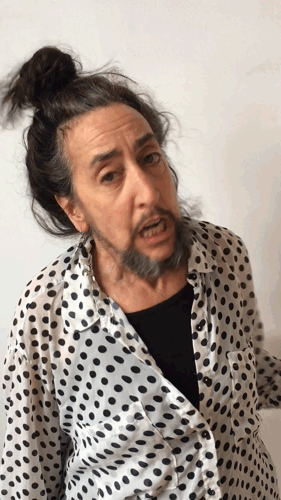Freak and Queer: Towards a Queer Circus, Queer Hatchings, Monsters in the Cabinet, and Queering Circus Sessions
Abstract
In “Toward a Queer Circus: Lessons of and from the Theatre with Jean Cocteau, Barbette, Phia Ménard, and Les Précieuses des nuits de Montréal,” Batson seeks what we might explicitly call queer circus, even as he admits to experiencing the queer in much of circus through viewings nourished by Sedgwick-like reparative readings. Intertwining his explorations with texts by Malouin, Richmond, and Zajdlik, he examines mutually informing notions of queerness, in-between-ness, danger, and risk in circus practices and theories. Through analyses of how queer writer and artist Jean Cocteau, queer circus performer Barbette, queer theorist Mark Franko, and transgender artist Phia Ménard can help us understand these intersecting notions, he ultimately turns to the 2014 circus cabaret Les Précieuses des nuits de Montréal to look a bit more deeply at what it might mean for us all to move toward a queer circus.
In “Queer Hatchings: Carnival Time and the Grotesque in Circus Amok,” Hayley Malouin deliberates on the grotesque as a site for the commingling of notions of the freak and queer through the practices of Circus Amok, New York City’s queer free-to-the-public circus collective. Malouin works through preliminary considerations of the efficacy of the grotesque as a politically oriented element of contemporary circus performance, arguing that Circus Amok’s distinct style of performance—a light-heartedly sardonic mishmash of circus acts, public education, and political activism—produces a grotesque/d space, in which Bakhtin’s “carnivalesque . . . style of expression” (1968, 10) is both evoked and critiqued by Amok’s resoundingly queer and queering brand of circassian freakishness. This consideration works toward a queer reading of Bakhtin’s grotesque that politicizes this grotesque in the contemporary and problematizes its latent preoccupation with and support of a state order. Circus of the Amok variety—political, grassroots, and roughly hewn—offers fruitful ground for such a queer/ed grotesque to emerge.
In “Monsters in the Cabinet: The Queer Burlesquing of Circa’s Wunderkammer,” Kelly Richmond proposes that from within the elegant athletics of circus acts, the glittering silhouettes and teasing tassels of burlesque arise and arouse. While such aesthetic signalling of the sexy is nothing new, the deployment of burlesque harkens back to the nineteenth-century emergence of erotic theatricality utilized as an explicitly political critique of sexual norms. Undressing the practices and potentials of what can be called burlesquing, Richmond looks to how the burlesquing circus lays bare the form’s sexual codes. Through a close reading of Circa’s 2011 show Wunderkammer, Richmond demonstrates how burlesque tantalizes the spectator through a slow and sudden reveal of the performer’s pain, creating a queer and kinky exchange of circus secrets. Burlesque, using a continually eroticized display of camp and irony, denaturalizes the illusion of ease fundamental to circus theatricality, reconfiguring a normative sexual dynamic between performer and spectator into an excessive and exceptional bodily arousal that conjures the queer and freak into empowering play.
In “Queering Circus Sessions” Taylor Zajdlik looks back on his responses to performances at the 2016 Circus Sessions held in Toronto, in particular assessing how his constructs of gender and corporeal bodies in motion were disturbed as he witnessed a provocative act performed by Yury Ruzhyev and Roy Gomez Cruz. The performance consisted of an intimate dance in drag, followed by a daring aerial hoop routine that, through the delicate actions of the two performers, called into question—for Zajdlik—a rigidity of heteronormative gender dispositions. He evaluates his affective response using some of the theoretical frameworks on affect as articulated by Erin Hurley to see the potential for circus as a productive site of both the exploration of gender performativity and the unbinding of rigid gendered constructs. The result, for Zajdlik, is an acceptance of new potentialities generated by this queered space.
Together, in a section with its own blurred distinctions of form and voice, Batson, Malouin, Richmond, and Zadjlik point to rich possibilities of queer/ing within circus practices and aesthetics.
Downloads
Published
Issue
Section
License
Copyright for articles published in this journal is retained by the authors, with first publication rights granted to the journal. By virtue of their appearance in this open access journal, articles are free to use, with proper attribution, in educational and other non-commercial settings.
Manuscripts submitted to Performance Matters should be original works that have not been published elsewhere. Note that authors are responsible for obtaining permission to include copyrighted material in any article or review published in Performance Matters.

